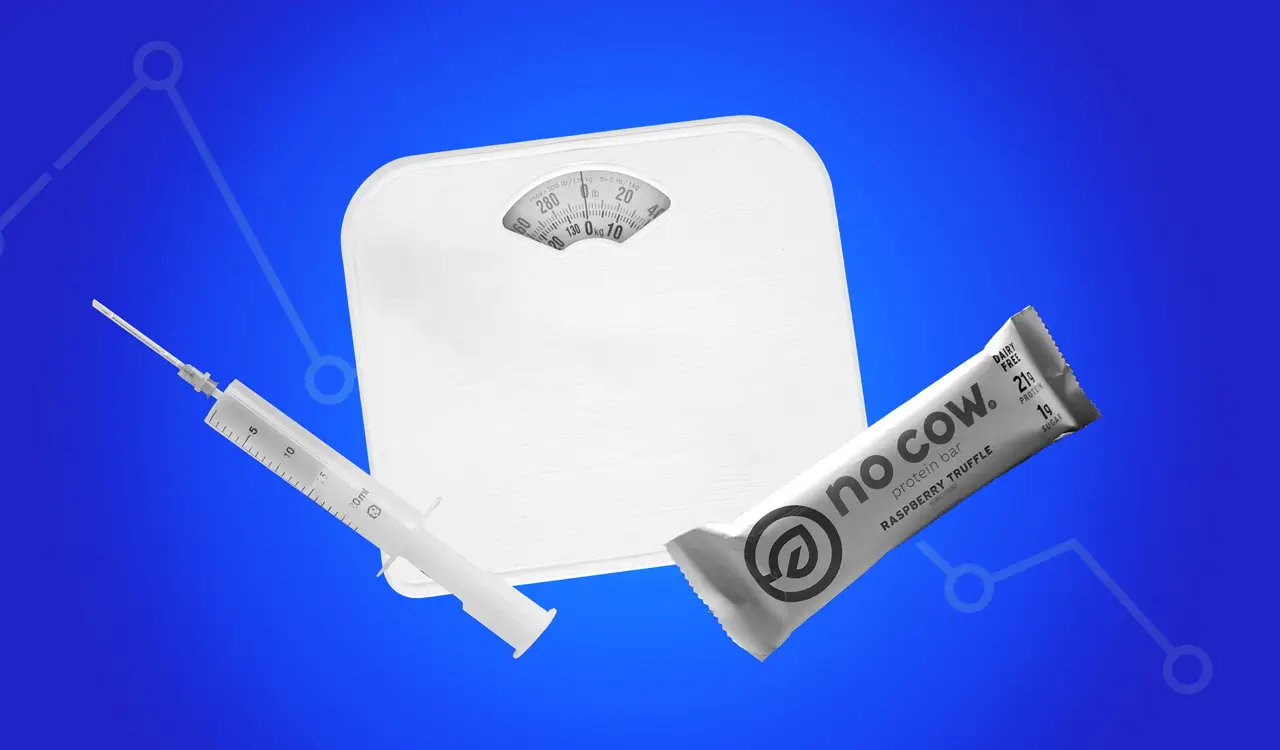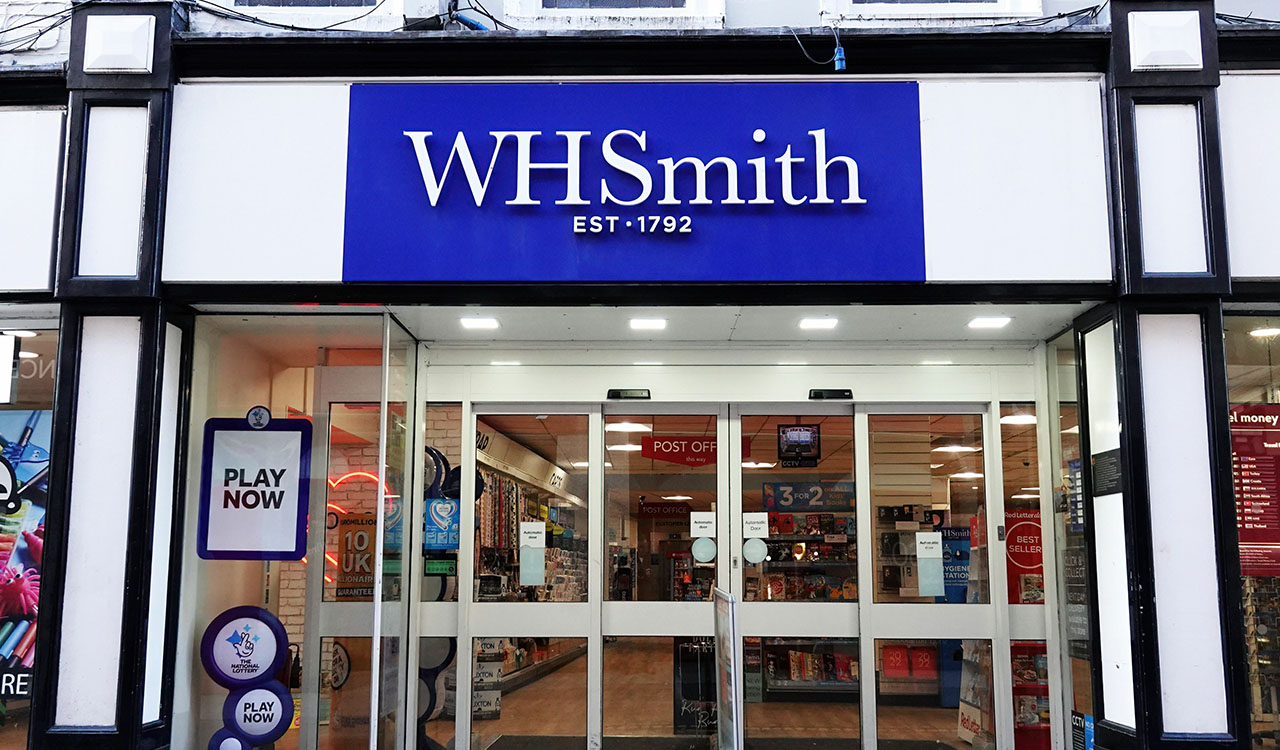Recent data from the Centers for Disease Control and Prevention (CDC) spark conversations about a possible decline in obesity rates among U.S. adults, inspiring a fresh wave of speculation and strategic consideration for executives in the grocery and Consumer Packaged Goods (CPG) sectors.
Consumers will increasingly seek healthier food options, demanding more transparency and healthier choices from their retailers. Grocery stores must adapt by ensuring a more extensive range of health-focused products, including organic, low-calorie, low-fat, high protein and zero-sugar alternatives.
Obesity on the Down Curve
The data showed that the obesity rate for U.S. adults declined two percentage points between 2020 and 2023; and while that might not sound like a lot, it is the first time we are seeing the reversal of what has been labeled an epidemic. It’s interesting to note, that while the CDC does not attribute the decline to the pandemic, the reality is that people changed their lifestyle behaviors as a result – and that may have been the driver of this decline in obesity.
The pandemic heightened awareness around health, prompting many to adopt healthier lifestyles, including better dietary habits and regular exercise to boost their immune systems. Lockdowns and dining restrictions led to more people cooking at home, potentially leading to healthier eating as individuals had more control over their ingredients and portion sizes. With the surge in digital health resources, including telehealth consultations and online fitness programs, more people have access to tools for managing their weight and overall health more effectively from home. If these trends are truly indicative of a broader shift, how might this impact our food retail industry?
Understanding the Obesity Trend: Implications for Food Retailers
The headlines about the CDC’s findings suggest the possibility that we have passed “peak obesity” in the U.S. While causality remains debated, with factors like the adoption of GLP-1 drugs, this shift introduces significant opportunities and challenges for businesses in the food retail and manufacturing sectors.
As obesity rates potentially decline, dietary preferences are likely to continue changing. Consumers will increasingly seek healthier food options, demanding more transparency and healthier choices from their retailers. Grocery stores must adapt by ensuring a more extensive range of health-focused products, including organic, low-calorie, low-fat, high protein and zero-sugar alternatives.
Retailers will benefit greatly from revisiting their product placement strategies. Highlighting health-centric products at prominent locations such as aisle end caps and checkout counters will cater to health-conscious consumers. Meanwhile, marketing efforts can focus on promoting nutritional value and wellness benefits.
It is also a terrific opportunity to foster and reinforce community relations through educational workshops on nutrition and healthy eating to drive customer loyalty and retailer brand value. Using retail dietitians and fitness experts for in-store events and demonstrations enhances the store’s image as a hub for healthy living.
Strategic Opportunities for CPG Companies
Companies must prioritize innovation in product development to align with emerging consumer health trends. Developing new products that cater to dietary needs such as low-carb, high-protein, or fortified foods can tap into the health-focused market segment. Nestle has taken the lead in developing their Vital Pursuit brand designed for people taking GLP-1 medication.
As consumers grow more conscious of health and sustainability, CPG companies should focus on eco-friendly and informative packaging. Clear labeling that highlights health benefits and environmental impact resonates with conscious consumers and can differentiate products in competitive aisles.
CPG collaborations with health organizations, fitness brands, or wellness influencers can amplify efforts to promote healthier lifestyles. These partnerships can enhance brand credibility and expand outreach to new customer segments interested in health and wellness. Investing in or sponsoring cross-sector initiatives that aim to improve public health, such as nutrition education programs or community fitness events, will bolster a company’s brand as a promoter of societal well-being and build trust (and sales!).
Navigating Uncertainty with Flexibility
While the decrease in obesity rates is promising, it’s crucial for both grocery and CPG leaders to remain adaptable. The factors influencing these trends are complex, and evolving consumer demands require nimble adaptation strategies. Businesses should remain proactive, using data and feedback to guide their product offerings and marketing initiatives.
Shifting product lines toward healthier options may require changes in supply chains, potentially increasing costs; and in the current era of food price inflation, FTC investigations on price gouging and the lawsuits over the Kroger-Albertsons merger, brands should be cautious with the pricing of these products.
As health awareness increases, it’s plausible that there could be changes in regulations concerning food products. Earlier this month, for example, California Governor Gavin Newsom signed the California School Food Safety Act into law. It bans Red 40, Yellow 5, Yellow 6, Blue 1, Blue 2 and Green 3 in meals, drinks and snacks served in school cafeterias across the state effective December 31, 2027. This follows the California Food Safety Act which banned potassium bromate, propylparaben, brominated vegetable oil and Red 3, passed last year, in all food manufactured, delivered and sold in the state.
What’s Next?
The discussion about declining obesity rates opens avenues for significant transformation in the retail and CPG sectors. While the link between GLP-1 drugs and lifestyle behaviors post-pandemic remains speculative, the trend toward healthier living is undeniable. Strategic foresight, innovation, and consumer-centricity will be key to thriving in this evolving landscape.
By adopting these strategies, grocery stores and CPG companies can not only maintain their market position but also lead the charge in promoting a healthier America – and with that result we all win. As this obesity data continues to unfold, companies ready to adapt will not only contribute to public health but also enjoy the strategic advantages of capturing the emerging health-oriented consumer base.





